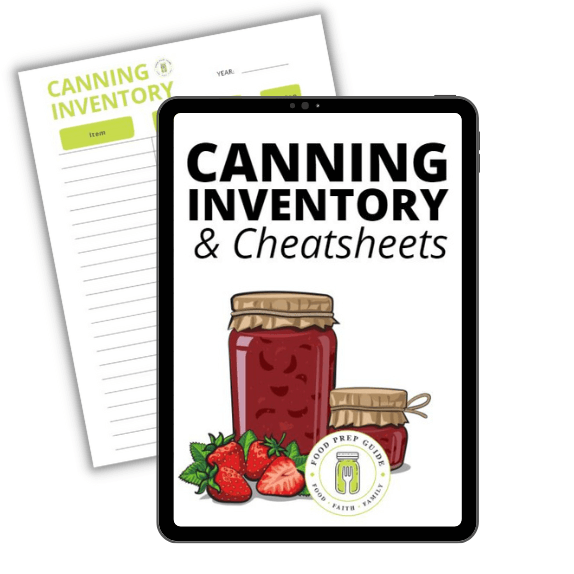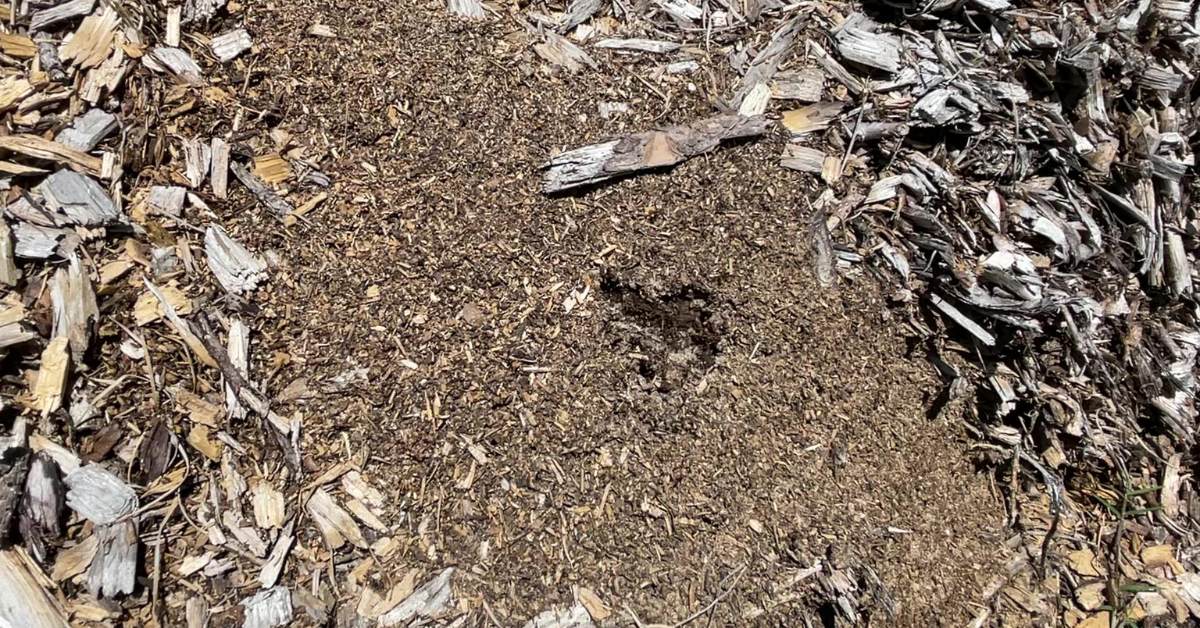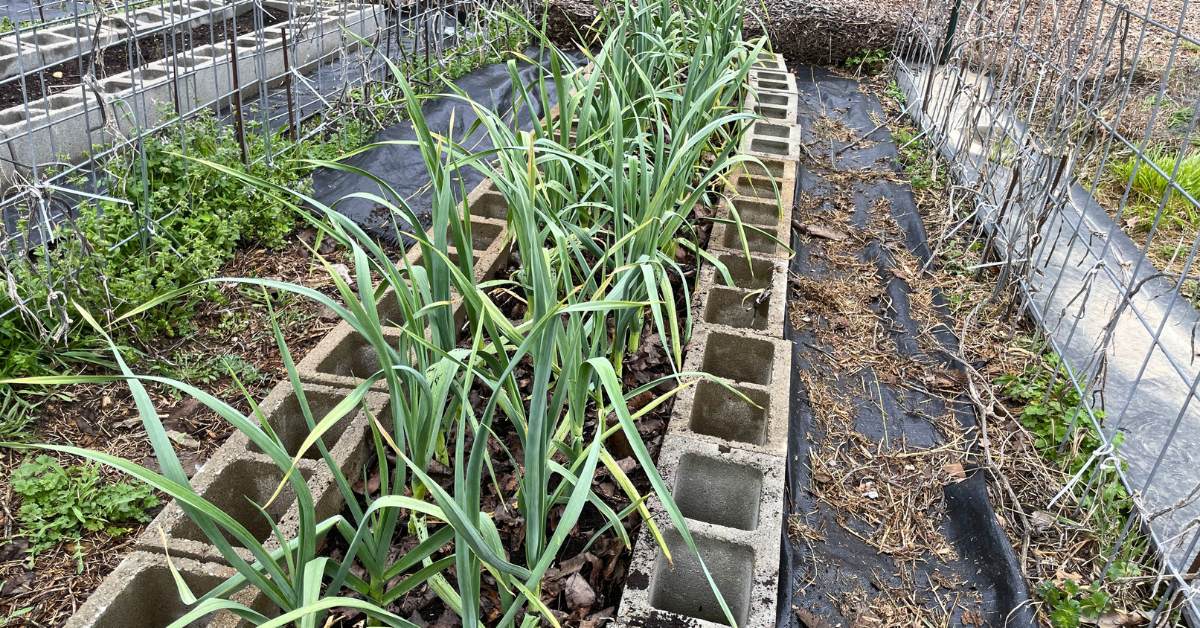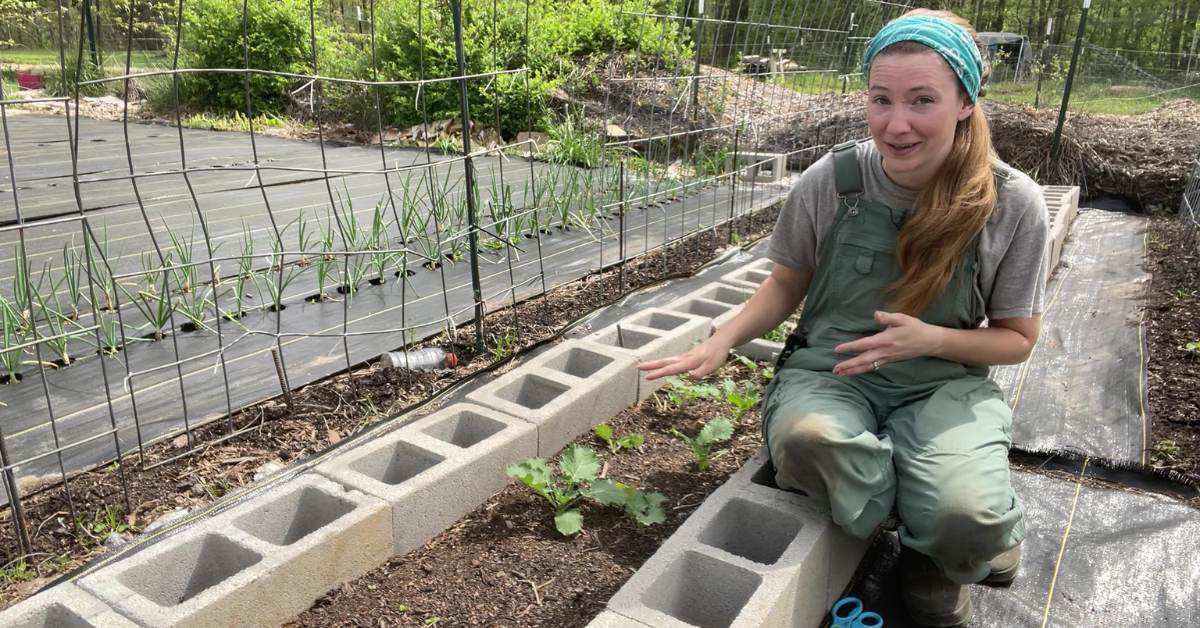Today, we are excited to share with you a delicious recipe for canning Brunswick stew.
This hearty dish has quickly become one of our absolute favorite quick lunches and suppers.
If you’re not familiar with Brunswick stew or have been wondering how to safely can soups and stews, stick around because we’ll be covering all the guidelines you need to know!
The Importance of Tested Safe Recipes
When it comes to canning, it’s important to follow safe canning guidelines. These principles ensure that our canned meals are both safe and healthy by considering factors such as:
- acidity levels,
- density levels,
- and heat penetration in jars.
While there are many canning recipes available on the internet, when it comes to stews like Brunswick stew, the variations make it challenging to create a universally accepted recipe.
Understanding the Challenges of Canning Brunswick Stew
Brunswick stew is known for its versatility—everyone seems to have their own unique version!
Due to the wide range of ingredients across different cultures and households, creating a single, standardized recipe becomes difficult.
University extension offices typically rely on consistent recipes that produce identical results across kitchens worldwide. That’s why there is not a tested, “proven safe” canning recipe available yet for Brunswick stew.
However, in my kitchen, I’m comfortable canning this recipe because I’ve made sure that every ingredient in this particular recipe is safe for canning.
Guidelines for Creating Your Own Soup Recipes
If you want more flexibility in your soup creations, you can do so, but I highly recommend following the canning safety guidelines for soups listed below:
- No Dairy or Thickeners: Avoid adding dairy products like milk or cream as they may curdle during processing. Similarly avoid using thickeners such as rice flour or cornstarch, which could affect heat penetration.
- Half Solids, Half Liquids: Aim for a balance of solids and liquids in your soup. This ensures that the density inside the jar does not impede heat penetration during processing.
- Follow Recommended Processing Times: It’s important to follow recommended processing times based on jar size and ingredients. For soups like Brunswick stew, it is typically 60 minutes for pints and 75 minutes for quarts.
Ways to Thicken Your Soups Upon Serving
If you prefer thicker soups, don’t worry!
You can easily thicken them after opening the jars by using instant potato flakes or making a roux sauce.
Instant potato flakes blend seamlessly into the soup without altering its appearance—while also absorbing liquid—to create a thicker consistency.
Alternatively, creating a roux with butter, flour, broth, and a splash of milk will give your soup a creamy texture without compromising its flavor.
(Just don’t add those things to your jars pre-canning. Instead, add them post-canning, just before serving.)
Enjoy the recipe below!
Print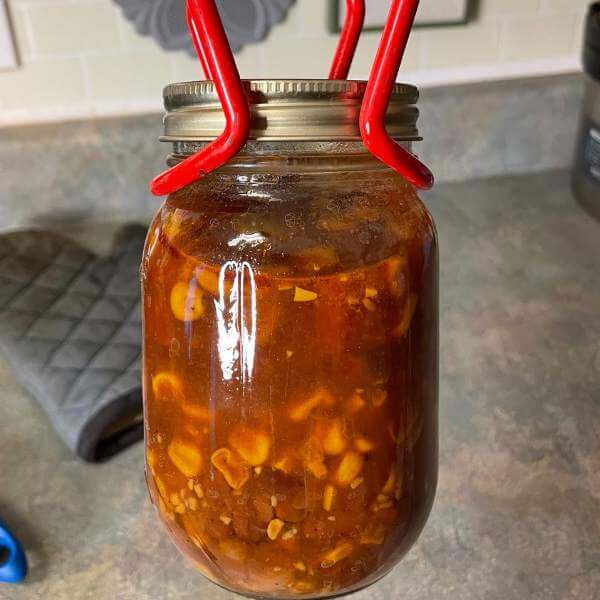
Canning Brunswick Stew
This canning recipe is tweaked twist on classic Brunswick stew to make it safe for pressure canning. It's a savory, comforting soup for those cool, crisp days!
- Total Time: 1 hour 10 minutes
- Yield: 10 pints 1x
Ingredients
- 6 tablespoons minced garlic
- 2 onions (or 2 half-pint jars of caramelized onions)
- 2 cans diced tomatoes with juice
- 4 tablespoons Worcestershire sauce
- 2 quarts chicken broth
- 2 tablespoons brown sugar
- 1/2 teaspoon pepper
- 2 cans beans (lima beans or a combination of pinto and northern beans)
- 2 cans corn (or 1–2 cups dehydrated corn)
- 4 teaspoons salt
- 3 cups barbecue sauce
Instructions
- Prepare Your Pressure Canner: Set up your pressure canner according to the manufacturer's instructions.
- Gather Ingredients: Ensure you have all your ingredients ready before starting.
- Cook Soup Until Boiling: There is no need to cook it extensively beforehand as it will finish cooking during the canning process.
- Fill Jars Properly: Follow the “Half Solids, Half Liquids” rule for safe canning of soups. Use a strainer spoon to fill each jar halfway with solid ingredients from the soup. Using a ladle, press down gently on the surface of the soup so that liquid fills the ladle. Ladle this liquid into each jar, leaving 1-inch headspace.
- Wipe Rims & Seal Jars: Wipe rims clean with a damp cloth or towel, ensuring no debris remains which could prevent proper sealing. Place lids on the jars and secure the rings to fingertip tight.
- Processing Time: Place filled jars into preheated pressure canner. Follow recommended processing times for canning soup—pints (60 minutes) or quarts (75 minutes). Once processing time is complete, remove jars from canner and set on counter. Do not distrub for 12-24 hours.
- Check Seals & Store: Check that all lids have sealed properly. Wipe down the jars, and store your Brunswick stew in a cool, dark place.
- Prep Time: 10 minutes
- Additional Time: 0 hours
- Cook Time: 1 hours
By following tested recipes and adhering to guidelines for soups and stews, you can confidently preserve your own creations at home.
Remember to experiment with thickening methods upon serving to achieve your desired consistency. We hope you enjoy this Brunswick stew recipe as much as we do!
